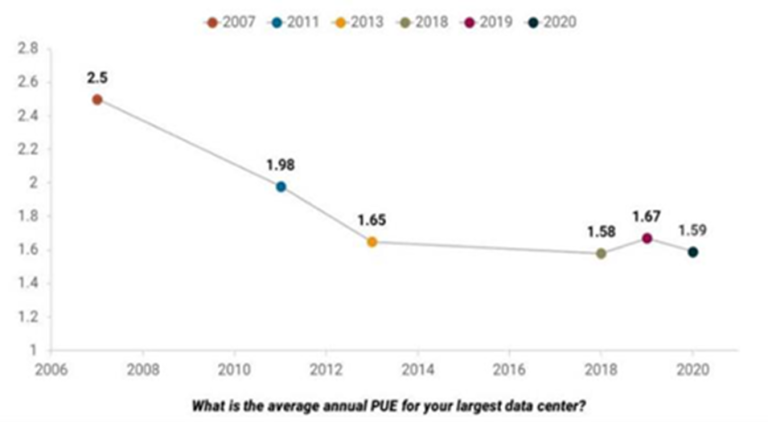Energy is the new currency according to Data Centre owners and operators. With demand for power on the increase, data growth can only accelerate in the future. With such demand, it’s vital that IT equipment is kept in clean spaces as to ensure the optimum running of the machines and hardware are not compromised in any way.
Power Usage Effectiveness (PUE) is a metric used to determine the energy efficiency of a Data Centre. PUE is calculated by dividing the amount of power entering a Data Centre by the power used to run the computer infrastructure within it.
Created in 2006 by members of the Green Grid, an industry group focused on Data Centre energy efficiency, PUE is expressed as a ratio, with overall efficiency improving as the rating decreases toward 1.
One of the biggest energy users in a Data Centre is not just the equipment itself, but the means of keeping the equipment cool which is ultimaltly essential to preventing downtime and allows Data Centres to run at their optimum level. In fact, as much as 45% of the energy cost of a Data Centre can be related to HVAC, and by keeping Data Centres clean through specialised cleaning techniques performed by reputable companies, filters remain efficient for longer periods of time, thus resulting in energy efficiencies gains.
With HVAC accounting for so much of the energy used by a Data Centre, improving PUE focuses largely on the supporting cooling system. Air Handling Units (AHUs) draw in air that is potentially full of dust & particulate matter, all of which can clog system filters. To ensure these HVAC systems work to their optimum, AC filters and the environment they are cooling must be kept clean through regular predetermined cleaning regimes.


Since 2007 Data Centres have become more energy efficient according to the Uptime Institute but we must keep pushing the process in regard to controlling contamination in Data Centre environments and raising awareness about the importance of keeping critical spaces free from contaminants.
Particulate and other types of contamination builds up in equipment, in servers, on heat sync’s or fan bearings and will eventually cause failures within IT equipment and the associated plant equipment if left unchecked. This build up causes thermal clogging that will increase heat which will require the IT equipment to work harder and use more energy. This heat will result in servers slowing down, it will also result in fans not operating efficiently and slowing down which possibly could cause a complete failure. With the requirements for zero downtime and numerous redundancies built into modern Data Centre’s, incidences like loss of data or latency and performance issues are investigated in more detail. Keeping contamination in check through regular cleaning can help to mitigate these risks. The average Data Centre outage cost according to the Uptime Institute is €5,600 per minute.
A clean Data Centre with clean air will help reach better PUE readings for the facility, thus aiding environmental impact and reduce operating costs.
“The average Data Centre outage cost according to the Uptime Institute is €5,600 per minute”
If you have a cleaning requirement for your Data Centre, please contact Critical Facilities Solutions UK.

Operations Director, Critical Facilities Solutions LTD

